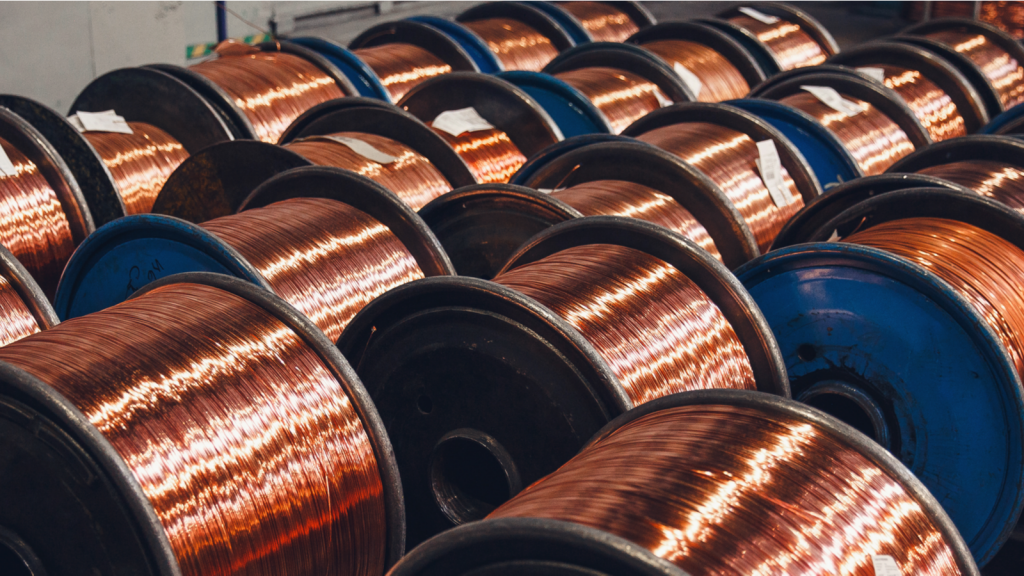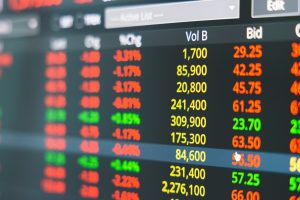
Most investors have declared that China is “uninvestable.” Its stock market has been rocked by a disappointing Covid-19 reopening, deflation in its real estate sector, and a lack of fiscal and monetary stimulus.
However, I firmly believe there is a contrarian trade here. And if you haven’t noticed, an incredible rally is brewing in Chinese stocks.
So where do we go from here? Right now, it’s not clear how much more these stocks will rise. It’s also not clear if weakness in China’s market has ended. If China has hit a bottom, even if stocks start to move sideways, it will be bullish. It would suggest that growth is about to turn, and with that perhaps more liquidity and, of course, inflationary pressure.
Importantly, China is a major demand driver of commodities. This is especially true for industrial commodities that drive basic infrastructure. And, with a rally in Chinese stocks unfolding, copper is also revving up.
I think this is consequential. China’s role in the global copper market is monumental. As the world’s largest consumer of copper, primarily due to its extensive manufacturing sector, infrastructure development, and technological advancements, China’s economic activities significantly influence copper prices and global supply chains. Copper is used in everything from electrical wiring and plumbing to renewable energy systems and electric vehicles.
Consequently, fluctuations in China’s economic growth rates, policy changes, and shifts in construction and manufacturing output can lead to substantial impacts on the global copper market. This in turns affects prices, investment strategies, and production decisions worldwide. There is a clear symbiotic relationship here.
If copper continues to rally, it suggests the bullish move in China is real. For the bulls, this might provide further tailwind for rising equities in the intermediate term. Personally, I’d rather bet on China through copper, but the point remains the same. China could have bottomed, and that has big implications if it did.
On the date of publication, Michael Gayed did not hold (either directly or indirectly) any positions in the securities mentioned in this article. The opinions expressed in this article are those of the writer, subject to the InvestorPlace.com Publishing Guidelines.





